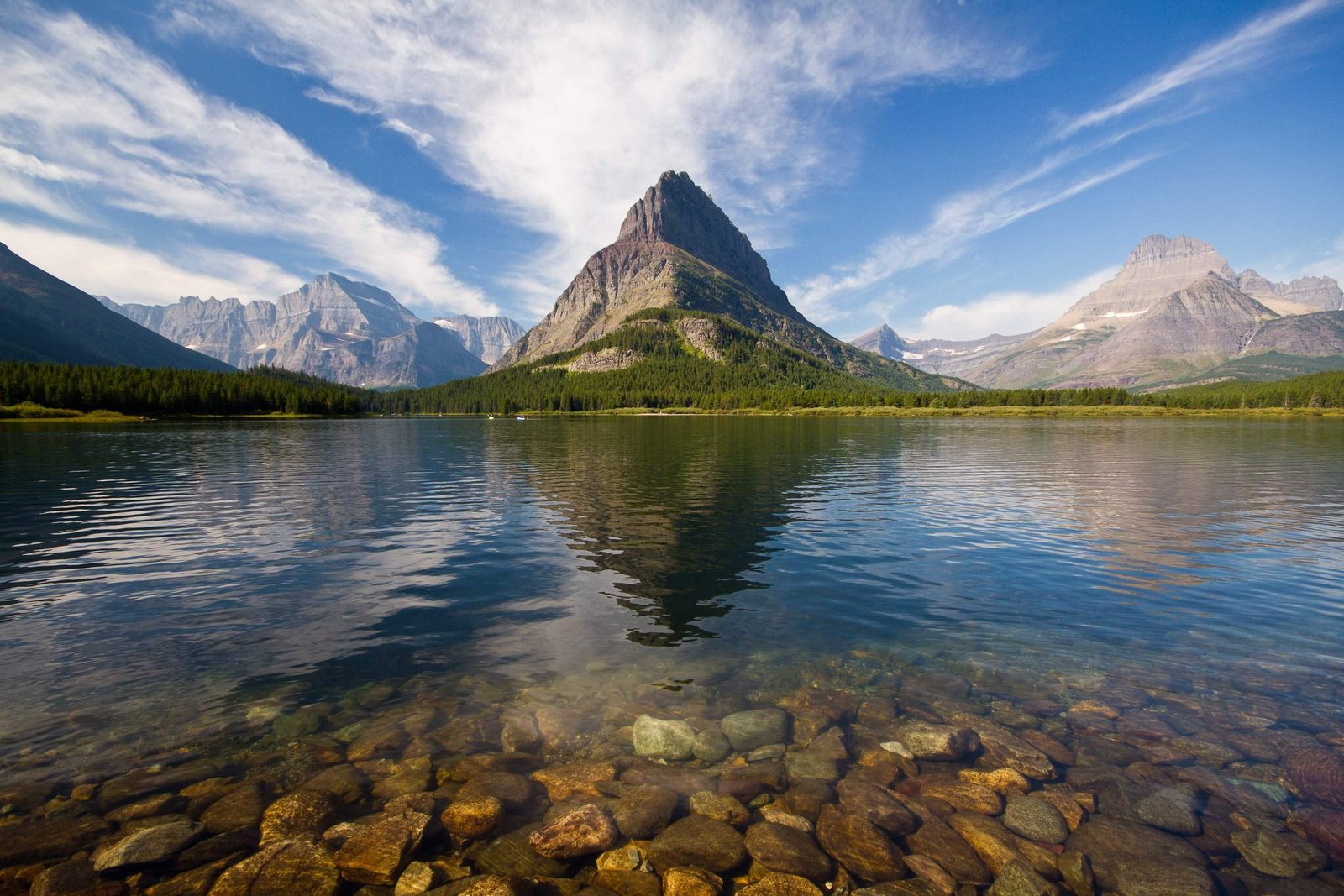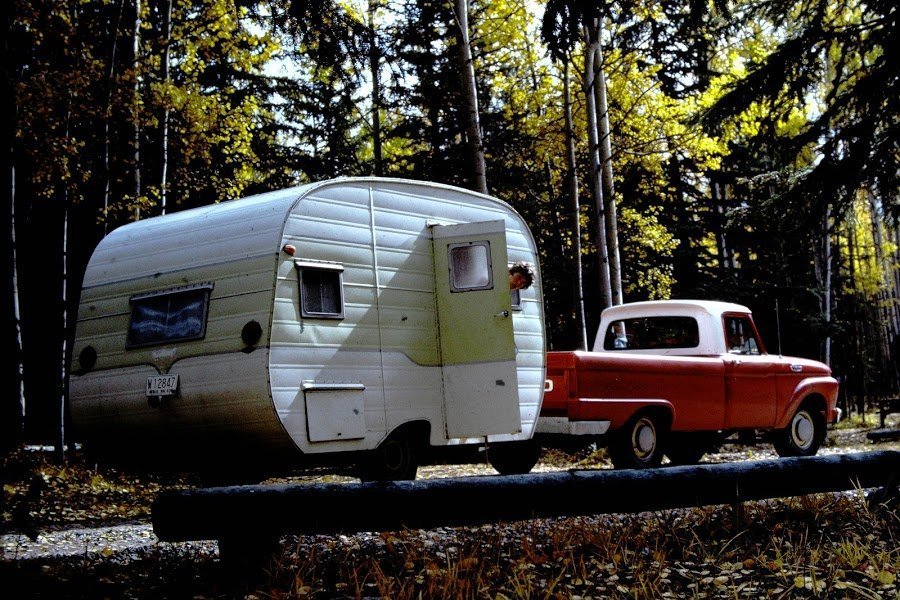While there is no specific ‘Angel Trail’ in Glacier National Park, this guide will explore the park’s most iconic trails and provide valuable information for hikers and nature enthusiasts. Glacier National Park, located in Montana’s Rocky Mountains, is renowned for its pristine forests, alpine meadows, rugged mountains, and spectacular lakes. The park features over 700 miles of trails, offering diverse hiking experiences for visitors of all skill levels.
What Are the Most Popular Trails in Glacier National Park?

Glacier National Park boasts numerous breathtaking trails, each offering unique experiences and views. Here are some of the most popular trails:
- Highline Trail
- Iceberg Lake Trail
- Grinnell Glacier Trail
- Hidden Lake Overlook Trail
- Avalanche Lake Trail
Let’s explore each of these trails in detail.
How Challenging is the Highline Trail?

The Highline Trail is one of the most scenic and popular hikes in Glacier National Park. Here’s what you need to know:
- Length: 11.8 miles one-way
- Elevation Gain: 1,950 feet
- Difficulty: Strenuous
- Trailhead: Logan Pass Visitor Center
The Highline Trail offers spectacular views of the park’s rugged mountains, alpine meadows, and diverse wildlife. Hikers often spot mountain goats, bighorn sheep, and even grizzly bears from a safe distance.
| Trail Feature | Description |
|---|---|
| Garden Wall | A steep rocky cliff face with stunning views |
| Granite Park Chalet | Historic backcountry chalet, great for a rest stop |
| Grinnell Glacier Overlook | Optional 0.8-mile side trail with panoramic views |
What Makes Iceberg Lake Trail Unique?
Iceberg Lake Trail is known for its stunning endpoint – a crystal-clear alpine lake often filled with floating icebergs even in summer.
- Length: 9.7 miles round trip
- Elevation Gain: 1,275 feet
- Difficulty: Moderate to Strenuous
- Trailhead: Swiftcurrent Motor Inn parking lot
Key features of the trail include:
- Ptarmigan Falls: A beautiful waterfall about halfway through the hike
- Diverse wildlife: Opportunities to see moose, bears, and mountain goats
- Wildflower meadows: Spectacular displays in late spring and early summer
Why is Grinnell Glacier Trail a Must-Do Hike?
Grinnell Glacier Trail offers hikers a chance to witness the effects of climate change firsthand:
- Length: 10.6 miles round trip
- Elevation Gain: 1,840 feet
- Difficulty: Strenuous
- Trailhead: Many Glacier Hotel area
The trail provides:
- Views of three lakes: Swiftcurrent, Josephine, and Grinnell
- Opportunities to see wildlife like bighorn sheep and mountain goats
- A close-up view of the rapidly receding Grinnell Glacier
How Accessible is the Hidden Lake Overlook Trail?
Hidden Lake Overlook is one of the most accessible yet rewarding trails in the park:
- Length: 2.7 miles round trip
- Elevation Gain: 540 feet
- Difficulty: Easy to Moderate
- Trailhead: Logan Pass Visitor Center
This trail is known for:
- Boardwalks through alpine meadows
- Abundant wildlife, including mountain goats and marmots
- Spectacular views of Hidden Lake and Bearhat Mountain
What Can Hikers Expect on the Avalanche Lake Trail?
Avalanche Lake Trail is a family-friendly hike that showcases the park’s lush forests and pristine lakes:
- Length: 4.5 miles round trip
- Elevation Gain: 730 feet
- Difficulty: Easy to Moderate
- Trailhead: Trail of the Cedars parking area
Highlights include:
- Trail of the Cedars: A wheelchair-accessible boardwalk through ancient cedars
- Avalanche Gorge: A narrow canyon with rushing turquoise water
- Avalanche Lake: A serene alpine lake surrounded by towering peaks
What Safety Precautions Should Hikers Take in Glacier National Park?
When hiking in Glacier National Park, safety should be a top priority. Here are some essential precautions:
- Bear Safety:
- Carry bear spray and know how to use it
- Make noise while hiking to avoid surprising bears
-
Hike in groups when possible
-
Weather Preparedness:
- Check weather forecasts before hiking
- Be prepared for sudden changes in weather
-
Bring appropriate clothing layers
-
Navigation:
- Carry a detailed map and compass
- Stay on marked trails
-
Inform someone of your hiking plans
-
Water and Food:
- Bring plenty of water and water purification methods
-
Pack high-energy snacks and meals
-
First Aid:
- Carry a well-stocked first aid kit
- Know basic first aid procedures
When is the Best Time to Visit Glacier National Park?
The best time to visit Glacier National Park depends on your preferences and the activities you want to do:
- Summer (June to September):
- Peak season with the best weather
- All facilities and roads are typically open
-
Crowds are at their highest
-
Fall (September to October):
- Beautiful fall colors
- Fewer crowds
-
Some facilities begin to close
-
Winter (November to April):
- Opportunities for cross-country skiing and snowshoeing
- Most park facilities are closed
-
Limited road access
-
Spring (April to June):
- Wildflowers begin to bloom
- Fewer crowds
- Some trails may still be snow-covered
How Can Visitors Minimize Their Impact on Glacier National Park?
Practicing Leave No Trace principles is crucial for preserving the park’s natural beauty:
- Plan ahead and prepare
- Travel and camp on durable surfaces
- Dispose of waste properly
- Leave what you find
- Minimize campfire impacts
- Respect wildlife
- Be considerate of other visitors
By following these guidelines, visitors can help protect Glacier National Park for future generations.
While there may not be a specific ‘Angel Trail’ in Glacier National Park, the park offers a wealth of hiking opportunities that are nothing short of heavenly. From the challenging Highline Trail to the family-friendly Avalanche Lake Trail, there’s something for every type of hiker in this pristine wilderness. Remember to always prioritize safety, respect the environment, and immerse yourself in the breathtaking beauty of one of America’s most spectacular national parks.